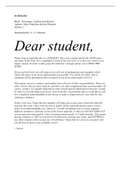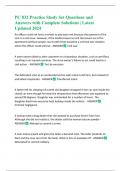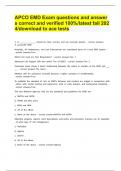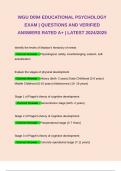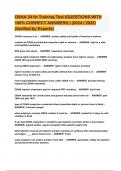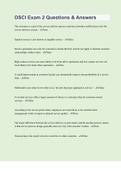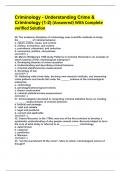Samenvatting
Sociology: A Global Introduction (5th ed.) by John J. Macionis & Ken Plummer (Book Summary) - Sociology (UPDATED) By Lauran Claassen
Dear psychology student, I am looking for you. Exams are on their way. They are coming closer and closer and eventhough you sometimes wish you could escape them, you cannot. But I can prepare you for it. I will provide you with the knowledge that you need in order to pass. This is a summary of th...
[Meer zien]
